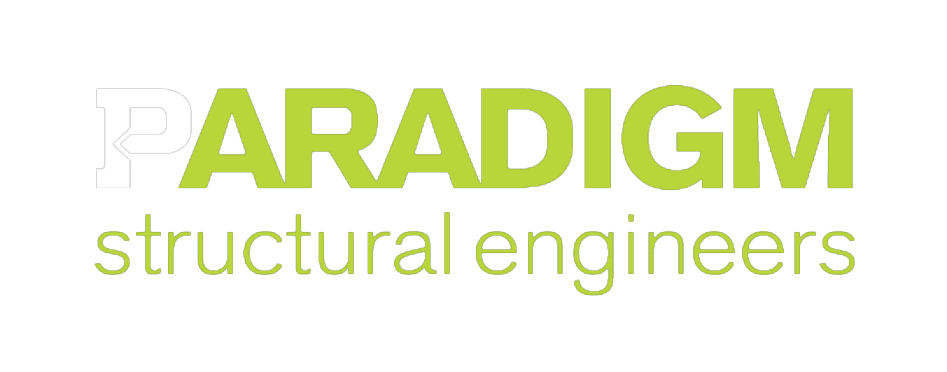PARADIGM consulted to determine the campus wide building performance characteristics resulting from a design level seismic event and if necessary, recommend seismic strengthening concepts. After evaluating the existing structures, it was determined the lateral force resisting system, which incorporated "pre-Northridge" moment frame connections, would not meet the desired performance objectives. PARADIGM recommended inclusion of a passive energy dissipation system consisting of fluid viscous dampers (FVDs) to limit the building response to ground motions and allow the building to achieve the desired performance objectives of Immediate Occupancy. Implementing these concepts allowed the client to increase building square footage at a lower cost than what was common in the market. Additionally, the client elected to place a data center and test facility in one of the buildings determined to be deficient.
PARADIGM designed a passive energy dissipation system which allowed the building to achieve an Immediate Occupancy performance objective under a Design Basis Event (DBE) and a “Life Safety” performance objective under a Maximum Considered Event (MCE). Additionally, inclusion of the fluid viscous dampers in two adjacent office towers allowed the owner to add a new 75,000 gsf tower between the two existing towers while eliminating the loss associated with a new enhanced lateral force resisting system in the new building.





